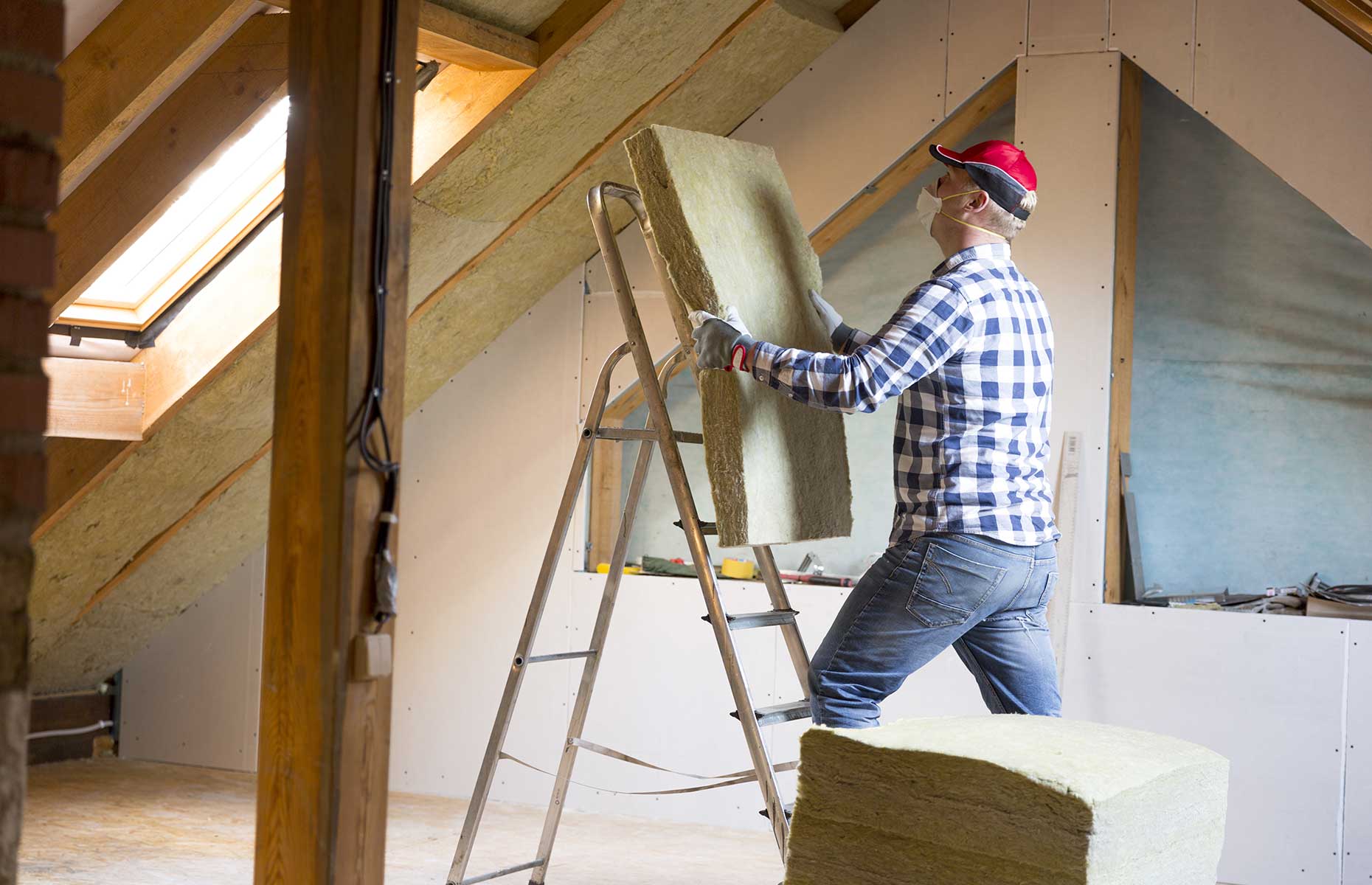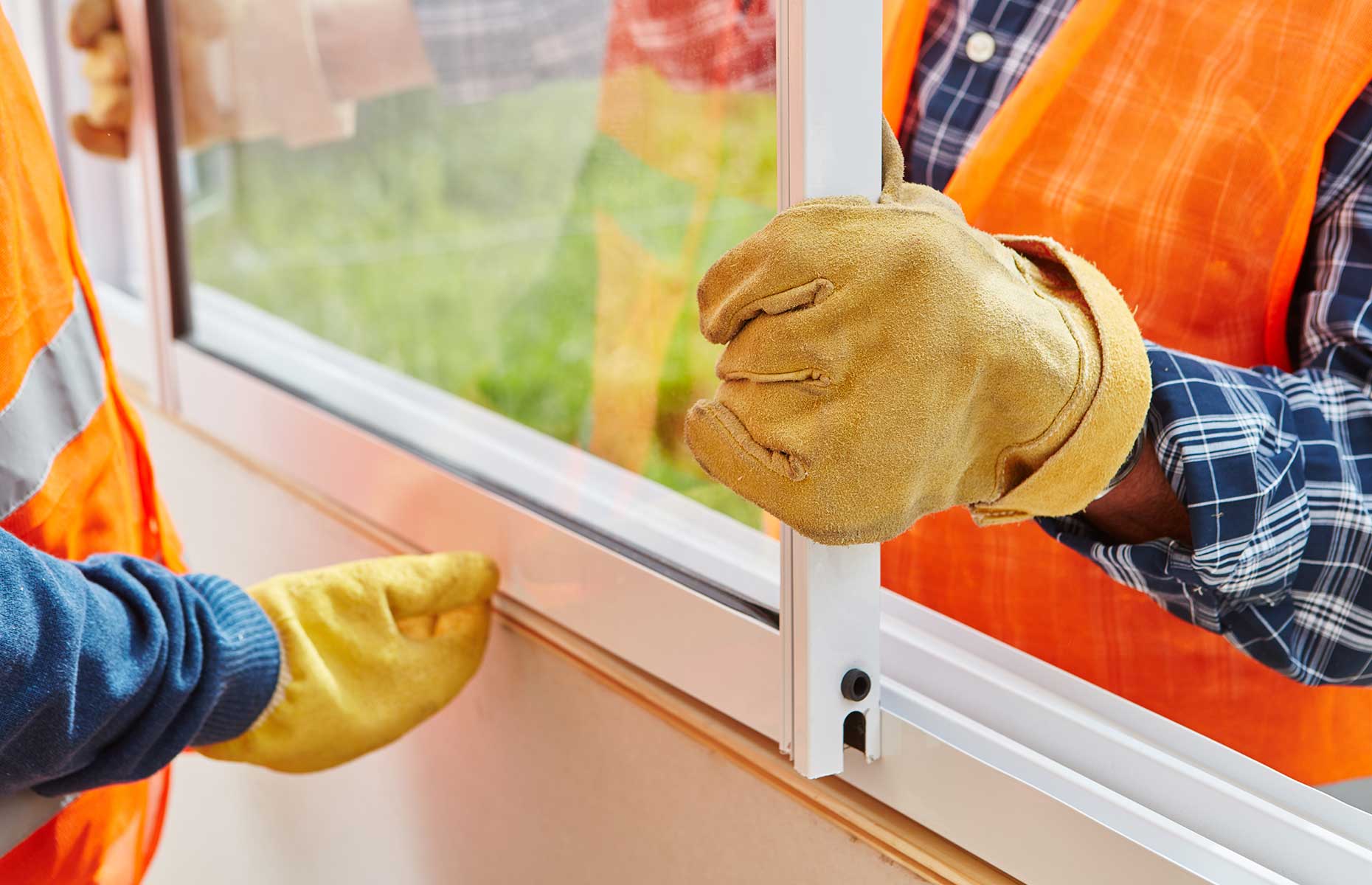Green Homes Grant: How to get a £5,000 home improvement voucher

You could make your home greener for a fraction of the usual cost thanks to a government scheme – and the deadline for applications has just been extended
Upgrading your home to make it more energy-efficient will help you slash your household bills in the long run.
READ MORE: Passive houses around the world that cost nothing to run
The problem is that making your home greener costs money, so it can take a long time before you save enough on your bills to justify the initial outlay.
But by making use of the government’s Green Homes Grant scheme, you could dramatically cut the time it takes for your investment to pay off.
The scheme allows property owners in England to claim vouchers worth up to £5,000 (£10,000 for those on certain benefits) to put towards making their homes more energy-efficient.
The voucher covers two-thirds of the cost of work (or all of it for eligible benefits recipients), so you could have £7,500 worth of renovations carried out and only have to pay £2,500 from your own pocket.

Given the Treasury estimates that homeowners could save up to £600 per year by making their homes greener, in the above scenario, you could recoup your upfront costs in just a shade over four years.
Deadline extended
The scheme was originally announced in September, but property owners were initially required to have all work completed by March 2021.
Since then there have been reports of homeowners struggling to find approved tradespeople and with the pandemic thrown into the mix, many people didn’t feel there was enough time to make use of the scheme.
The government faced a lot of criticism over the tight timescale and the good news is that it has now extended the scheme until March 2022.
What work can you have done?
The scheme can be used for a variety of home improvements and these have been split into primary and secondary measures.
Vouchers must be used to install at least one primary measure before you can install any secondary measures.
The renovations achievable under the primary measures cover insulation and low-carbon heating. These projects include:
- Solid wall insulation (internal or external)
- Cavity wall insulation
- Underfloor insulation
- Loft insulation
- Flat roof insulation
- Pitched roof insulation
- Room in roof insulation
- Insulating a park home
- Air source heat pump
- Ground source heat pump
- Solar thermal
- Biomass boiler
- Hybrid heat pump
The secondary measures cover improvements to windows, doors and heating controls and insulation and can be used for:
- Draught-proofing
- Double or triple glazing (but only when replacing single glazing)
- Secondary glazing
- Energy-efficient doors
- Hot water tank thermostats
- Hot water tank insulation
- Heating controls (such as appliance thermostats and smart heating controls)
The voucher can go towards labour, materials and VAT. It’s available to homeowners and landlords wanting to upgrade the properties they rent out.
Cost-wise, vouchers for secondary measures are capped at the same amount spent on primary measures, so if you claimed £1,000 for insulation then you'd receive up to £1,000 for draught-proofing.

How can I apply?
You must get a quote from a TrustMark-registered tradesperson who is also registered for the Green Homes Grant before applying for the voucher. You'll need this when you make your application on the government website.
If your application is successful and you receive a voucher, you must redeem it by having the works completed within three months from the date it was issued, or by 31 March 2022, whichever comes earlier.
To find out what works your property may be eligible for, you can fill in a questionnaire on the Simple Energy Advice website.
While the scheme has been extended, the total amount of funding allocated has remained at £2 billion, so at this stage we have to assume that once spending hits this level the scheme will close.
Therefore, if you’re interested in making your home more energy-efficient, it’s definitely worth looking into the scheme sooner rather than later.
READ MORE: How to renovate an old house
Featured image: LightField Studios / Shutterstock
Comments
Be the first to comment
Do you want to comment on this article? You need to be signed in for this feature